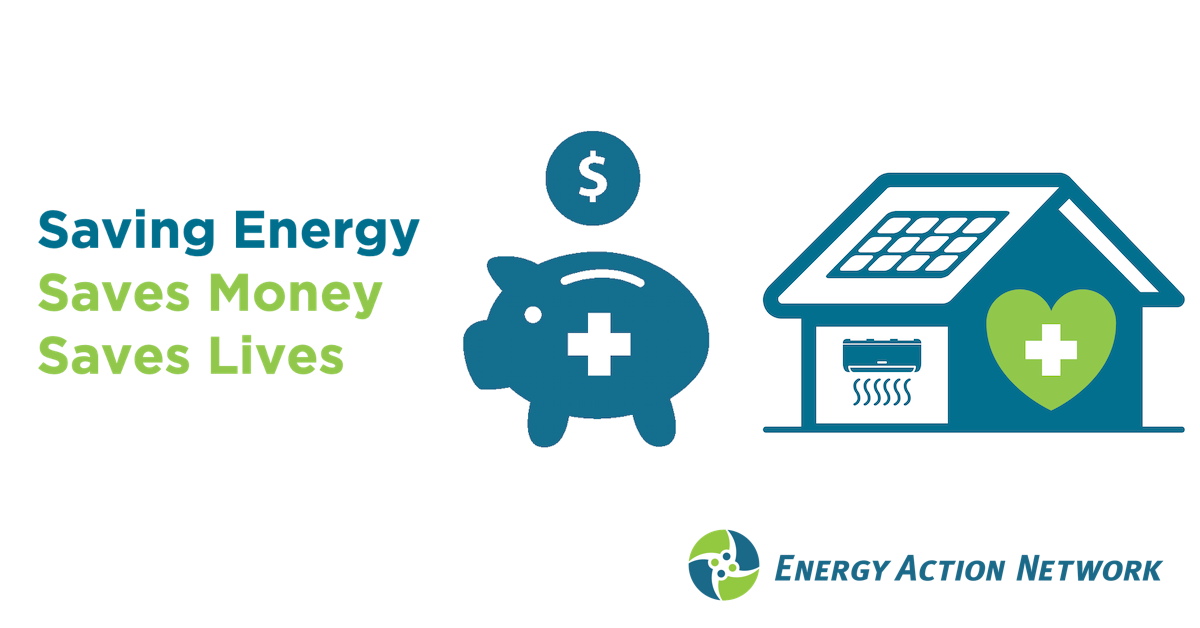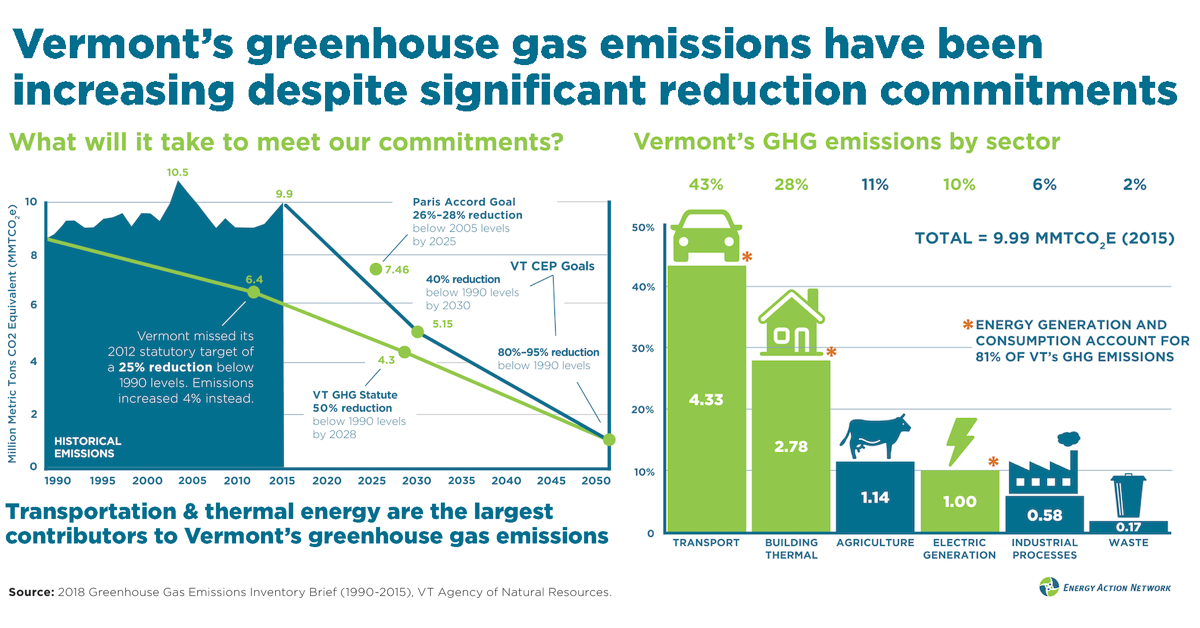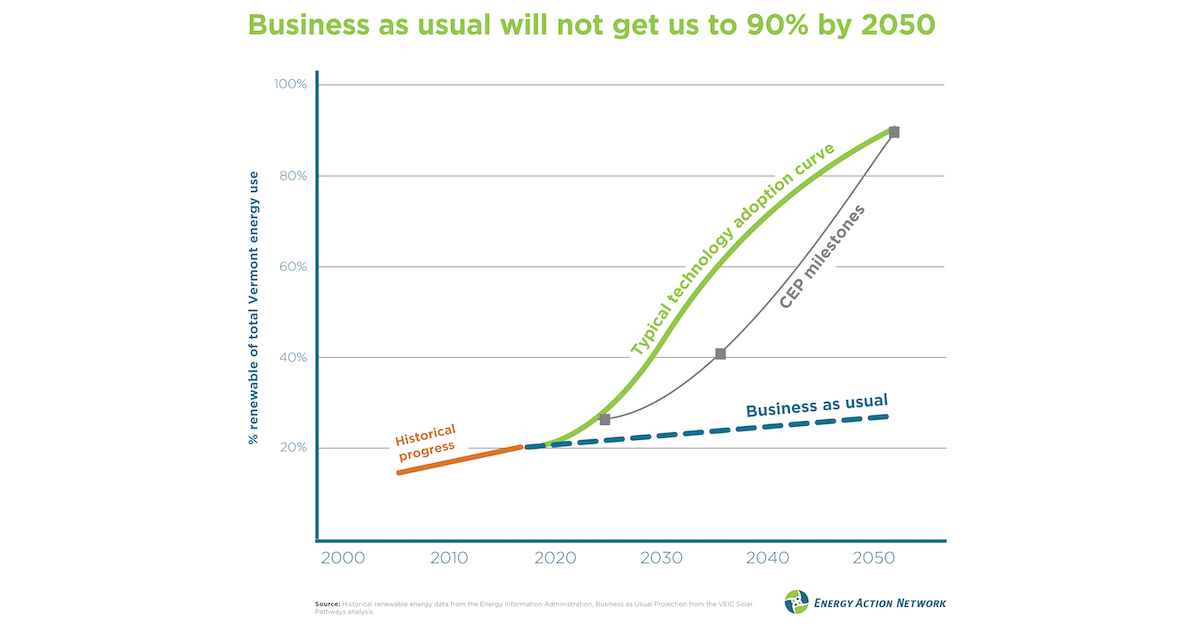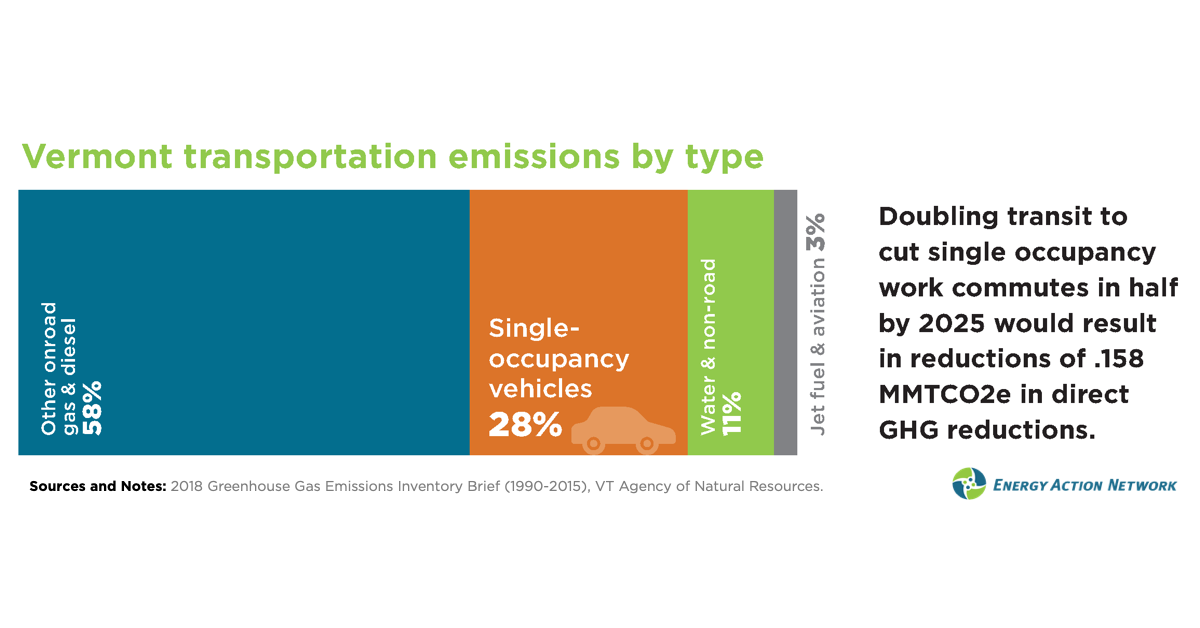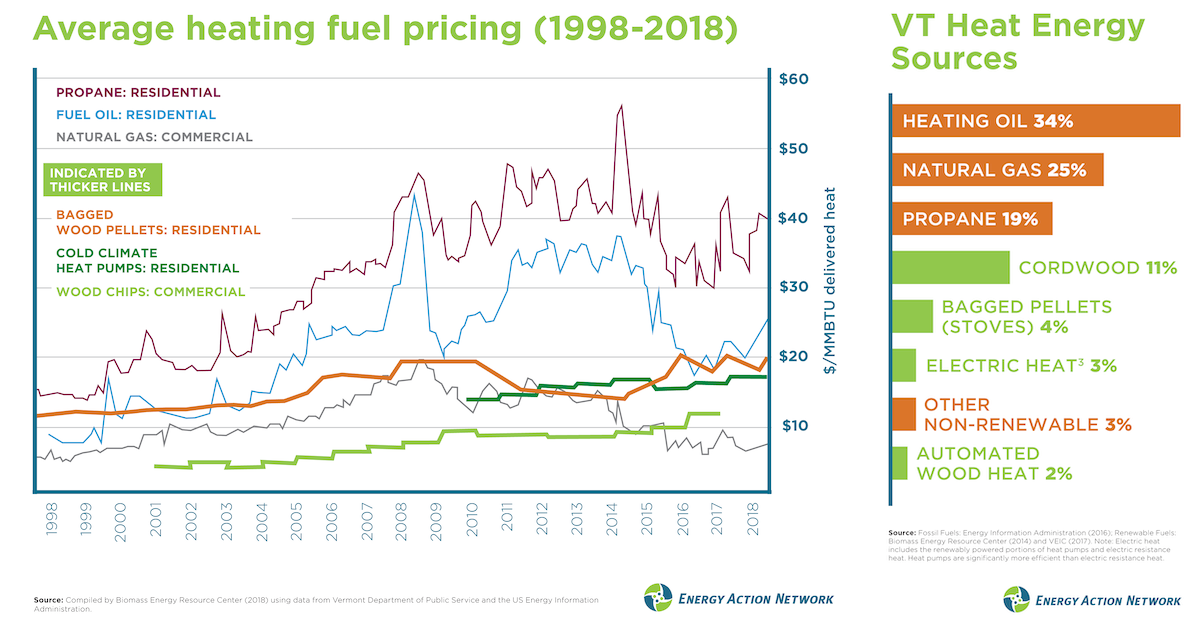The Vermont Department of Health reports strong evidence for the positive impact of home weatherization on general health, productivity, social health, and upper respiratory health. They estimate that the 10-year benefit of weatherization, in health and fuel savings,...
